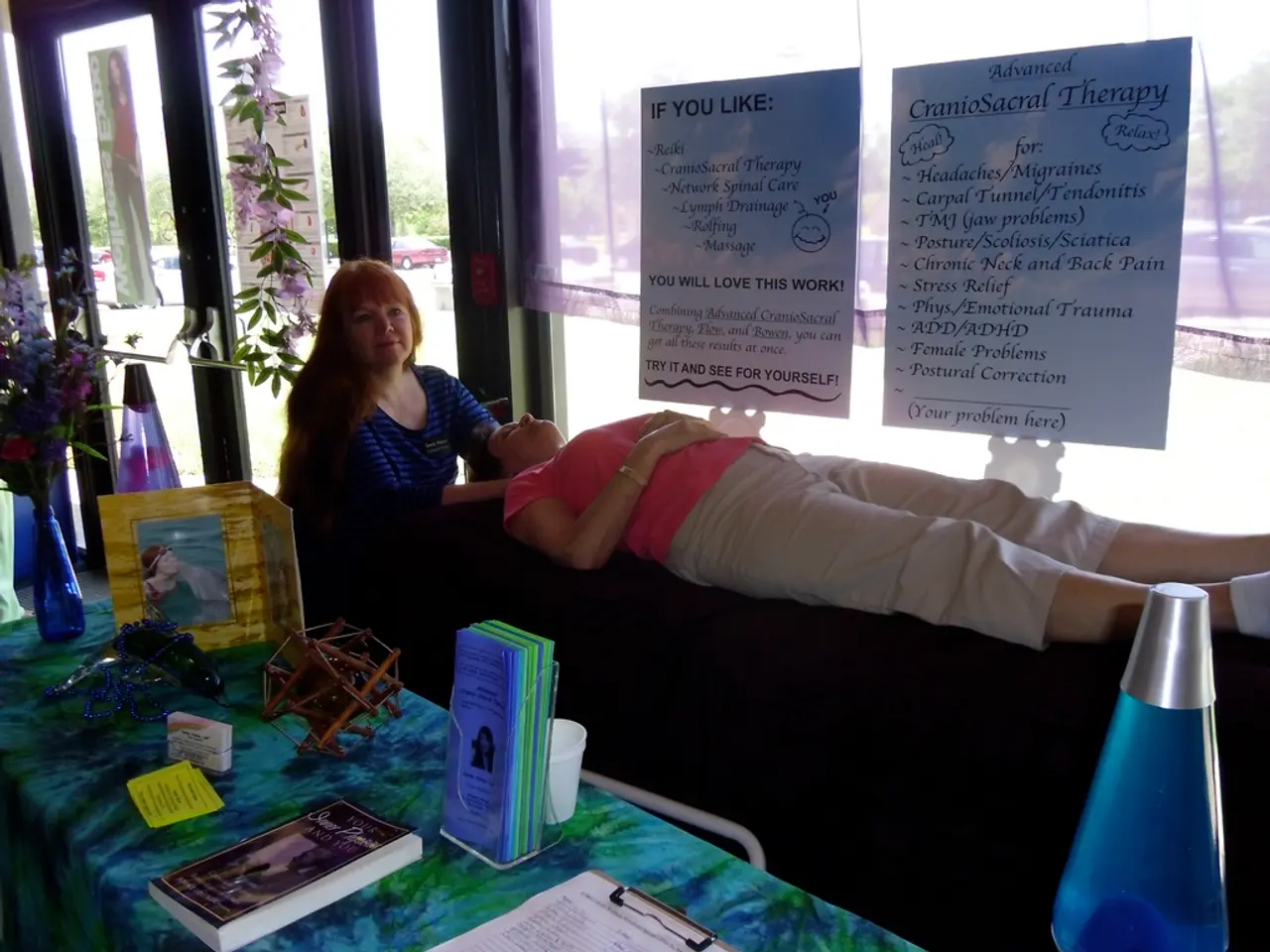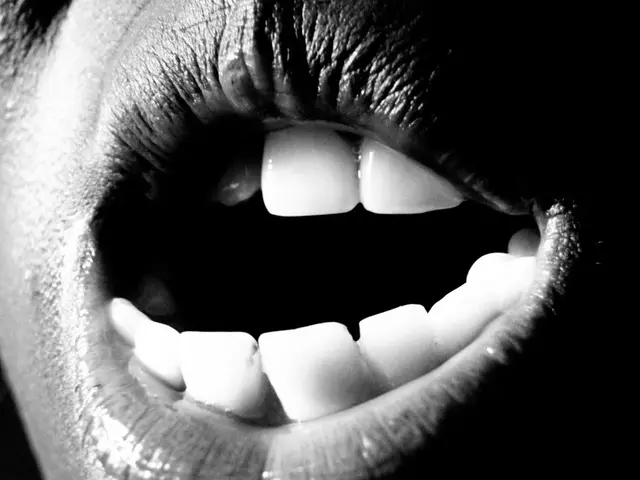Life-disrupting thought patterns identified by a therapist, as revealed by Jennifer Guttman. Learn to recognize detrimental thinking patterns and get practical advice for managing fears, with exercises provided.
In the current economic climate, many business owners, like Jesse, find themselves grappling with the fear of potential layoffs. This apprehension, combined with a tendency towards negative forecasting and black-and-white thinking, can significantly increase stress levels.
Jesse's belief that his company will inevitably fail is a classic example of black-and-white thinking. This thinking style overlooks the gray area where life actually happens, a pitfall that Cognitive Behavioral Therapy (CBT) aims to address.
CBT is a set of techniques used to identify and correct negative thought errors. Key approaches include cognitive restructuring, self-monitoring, mindfulness exercises, and relaxation techniques.
Cognitive restructuring involves identifying, challenging, and reframing distorted thoughts into more balanced, realistic ones. Self-monitoring increases awareness of when negative forecasting or dichotomous thinking occurs, allowing individuals to catch and intervene in these patterns early.
Mindfulness exercises help individuals stay present, reducing rumination about worst-case scenarios and diminishing rigid thinking patterns. Relaxation techniques, like diaphragmatic breathing and progressive muscle relaxation, alleviate the physical symptoms of stress that often accompany these thought errors.
Additional supports include therapy-focused methods such as cognitive behavioral career coaching (CBCC), shown to reduce anxiety and depression related to work stress by reinforcing healthier thought patterns and coping skills. Online therapy platforms increase accessibility to such interventions, enabling consistent practice and long-term benefits in managing workplace anxiety and negative thoughts.
Jesse's past experience of having to lay off 25% of his employees during the last recession is a testament to the impact of negative thought errors. However, he needs to question whether he has enough evidence to claim that history will repeat itself.
Distracting oneself with a positive thought can help break negative thought patterns. A simple technique to avoid thought errors is to stretch a rubber band around the wrist and release it gently when a thought error is detected. Focusing on the body and environment can help highlight the fact that we exist outside of what's happening in our heads. Scanning one's body after this practice can help feel more grounded in space and time.
It's important to remember that thought errors in CBT are gaps between a fear-based thought and the reality of the situation. CBT is often used to help individuals deal with fear, and its techniques can be instrumental in managing work-related stress caused by negative forecasting and black-and-white thinking.
Jesse's current state of mind involves negative forecasting, expecting the worst to happen. By implementing CBT techniques, he can work towards a more balanced and realistic outlook, fostering a healthier work environment for himself and his team.
Start up a health-and-wellness business specialized in mental health, offering therapies-and-treatments like Cognitive Behavioral Therapy (CBT). This innovative venture could provide Jesse with the tools to combat his negative thinking patterns and Black-and-White thinking, allowing him to recognize and manage stress in a more effective manner.
Jesse's success in employing CBT methods could enhance his company's resilience by fostering a positive work environment that emphasizes mental health, overall wellness, and a balanced outlook.








